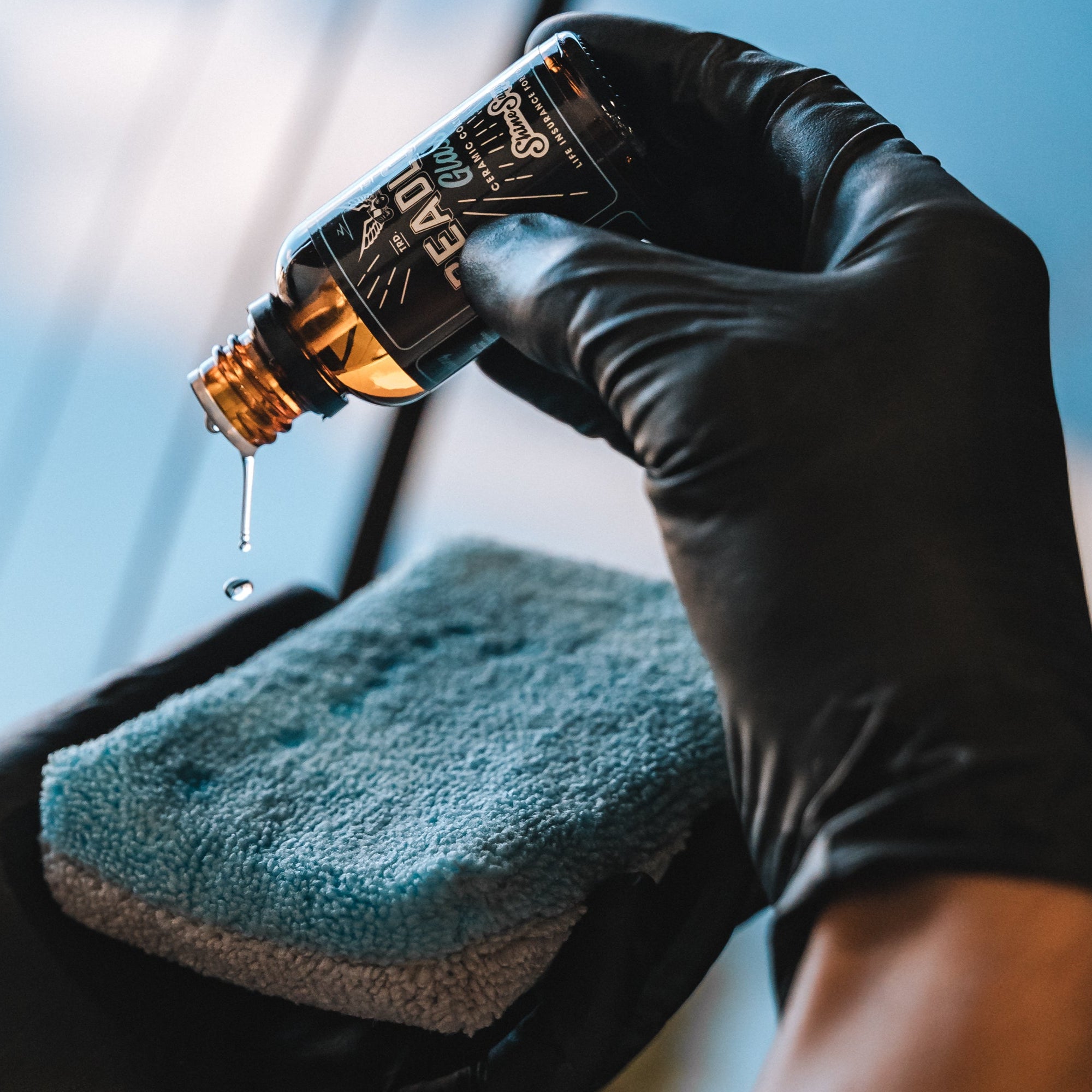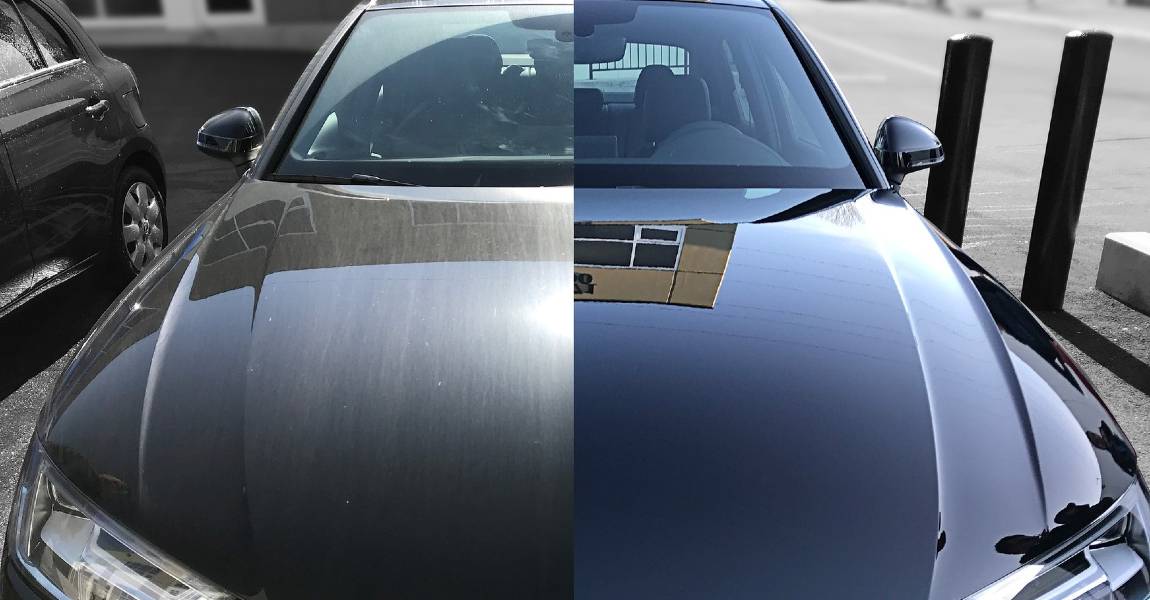Get premium car detailing for a deep clean.
Get premium car detailing for a deep clean.
Blog Article
A Comprehensive Overview to the Kinds Of Ceramic Layer on the marketplace
Ceramic layers have actually emerged as an essential option across various sectors due to their distinct buildings and applications. As we explore the distinct characteristics and applications of these layers, the ramifications for performance and longevity end up being progressively noticeable, raising inquiries regarding which kind could best suit your requirements.
Recognizing Ceramic Coatings
Ceramic layers are innovative safety options that have gotten appeal in various markets, specifically in vehicle and aerospace applications. These coatings include a liquid polymer that, when healed, develops a long lasting, hydrophobic layer externally of the substrate. This layer provides enhanced resistance to ecological pollutants, UV radiation, and chemical exposure, therefore prolonging the life and visual allure of the underlying product.
The fundamental element of ceramic layers is silica, which adds to their solidity and durability. The application process usually includes surface area prep work, application of the finish, and curing, which can be achieved with warm or UV light. When healed, ceramic finishings display phenomenal bonding residential or commercial properties, permitting them to stick highly to a variety of surface areas, consisting of steels, plastics, and glass.
Along with their protective attributes, ceramic finishings likewise supply convenience of maintenance. Their hydrophobic nature reduces the adherence of dirt and crud, making cleansing less complex and much less regular. On the whole, the adoption of ceramic finishings represents a considerable advancement in surface protection technology, providing both useful and visual advantages throughout multiple fields.
Kinds Of Ceramic Coatings
Numerous types of ceramic coatings are offered, each designed to meet specific performance demands and applications - scratch repair sarasota. The most typical types include:
Silica-based Coatings: These finishings largely contain silicon dioxide and are understood for their resilience and chemical resistance. They are extensively used in automotive and industrial applications.
Titanium Dioxide Coatings: Renowned for their photocatalytic residential properties, titanium dioxide finishings are commonly applied in atmospheres where self-cleaning and antifungal residential properties are preferable, such as in building materials and auto coatings.
Zirconia Coatings: Characterized by their high-temperature security and thermal resistance, zirconia finishes are made use of in applications such as wind turbine engines and high-performance vehicle parts.
Alumina Coatings: Exhibiting outstanding solidity and thermal security, alumina layers are often utilized in wear-resistant applications, including cutting tools and commercial equipment. - Auto Detailing
Hybrid Coatings: Integrating the residential properties of numerous materials, crossbreed finishings use boosted efficiency characteristics, making them appropriate for distinct and requiring applications.
Each sort of ceramic covering serves unique objectives, allowing individuals to select one of the most ideal option based on particular environmental problems and performance demands.
Advantages of Ceramic Coatings
Ceramic coatings, in particular, deal many advantages that make them increasingly prominent amongst suppliers and consumers alike. These finishings are resistant to scratches, chemicals, and UV rays, making certain that the underlying surface continues to be safeguarded over time.
Along with durability, ceramic finishings provide exceptional hydrophobic residential or commercial properties, permitting simple cleaning and upkeep. This water-repellent nature reduces the adherence of dust, gunk, and other contaminants, which can extend the aesthetic appeal and functionality of the surface. Ceramic finishings can considerably boost thermal resistance, making them perfect for applications that endure high temperature levels.

Application Process
When applying ceramic coverings, a thorough technique is necessary to attain ideal results. A tidy surface area guarantees correct bond of the covering.
When the surface area is prepped, the following step is to apply the ceramic layer. The covering must be applied in slim layers, as thicker applications can lead to irregular finishes.
After application, the finish requires a specific curing time, typically varying from a few hours to a full day, depending on the product. Adhering to these steps faithfully will maximize the effectiveness and long life of the ceramic finish, supplying a resilient protective layer for the surface.
Upkeep and Long Life
To guarantee the longevity and efficiency of a ceramic finish, normal upkeep is crucial. Ceramic layers, understood for their sturdiness and safety high find out qualities, call for specific treatment regimens to maximize their life expectancy and efficiency.
Along with regular washing, routine inspections are crucial. Look for indications of wear or damage, such as hydrophobic homes decreasing or surface imperfections. If required, a light gloss may be related to invigorate the coating without removing it away.
Moreover, the application of a booster spray can enhance the covering's hydrophobic impacts and restore its gloss. This is particularly beneficial for finishings that have remained in use for an extensive duration. Eventually, by sticking to these maintenance techniques, one can substantially expand the life of a ceramic layer, guaranteeing that it proceeds to offer ideal protection against ecological elements and maintain the visual allure of the car.
Final thought

Report this page